
Safe Payment
We accept Paypal, Money Transfer, Bank Transfer
Confidence
Protection covers your purchase and personal data.
Worldwide Delivery
We ship Worldwide, except Russia.Shipping cost US$25.2 for upto 0.5 kgs

Hotline
Talk to help line for your question on 9841267335The [jambhala: Namtose], Buddhist Statue, [traditional Color Finishing], [high Quality] is adorned with traditional colors, creating a captivating aesthetic through a combination of gold and various hues. This painting technique follows a time-honored process that aims to faithfully represent the [jambhala: Namtose], Buddhist Statue, [traditional Color Finishing], [high Quality] in accordance with traditional color descriptions. In the context of Buddhist statues, this approach holds great significance. Each statue has its own primary color, and it is crucial to depict the statue in its authentic shade. Read More . . .
The [jambhala: Namtose], Buddhist Statue, [traditional Color Finishing], [high Quality] has been crafted using the Ceramic mold casting process, a modern approach that provides an alternative to traditional methods such as the lost-wax system or rubber molding. Also referred to as ceramic molding, this technique involves the creation of a ceramic mold to cast the statue. The process begins by making a precise and detailed wax model of the desired sculpture. The wax model is then coated with layers of ceramic material, creating a sturdy mold. Once the mold is complete, it is fired in a kiln, causing the wax to melt and escape, leaving behind a cavity that perfectly replicates the original sculpture. Molten metal is then poured into the mold, allowing it to fill the cavity and take on the desired form. Once cooled and solidified, the ceramic mold is carefully broken away, revealing the final metal statue. Read More . . .
The character of Vaiśravaṇa is founded upon the Hindu deity Kubera, but although the Buddhist and Hindu deities share some characteristics and epithets, each of them has different functions and associated myths. Although brought into East Asia as a Buddhist deity, Vaiśravaṇa has become a character in folk religion and has acquired an identity that is partially independent of the Buddhist tradition (cf. the similar treatment of Guanyin and Yama).
![]()
Statue of Vaiśravaṇa as the guardian at the royal crematorium of King Bhumibol Adulyadej of Thailand, 2017.
![]()
Vaiśravaṇa as the Seal of Udon Thani Province, Thailand
![]()
Tamonten statue at Tōdai-ji, Nara
![]()
Partly gilded Tibetan bronze statue of Vaisravana (Jambhala) sitting on a snow lion and holding a mongoose in his left hand. 18th century
Vaiśravaṇa is the guardian of the northern direction, and his home is in the northern quadrant of the topmost tier of the lower half of Sumeru. He is the leader of all the yakṣas who dwell on the Sumeru's slopes.
He is often portrayed with a yellow face. He carries an umbrella or parasol (chakra) as a symbol of his sovereignty. He is also sometimes displayed with a mongoose, often shown ejecting jewels from its mouth. The mongoose is the enemy of the snake, a symbol of greed or hatred; the ejection of jewels represents generosity.
Vessavaṇa's wife is named Bhuñjatī, and he has five daughters, Latā, Sajjā, Pavarā, Acchimatī, and Sutā. He has a nephew called Puṇṇaka, a yakkha, husband of the nāga woman Irandatī. He has a chariot called Nārīvāhana. He is called gadāvudha (Sanskrit: gadāyudha) "armed with a club", but he only used it before he became a follower of the Buddha.
Vessavaṇa has the name "Kuvera" from a name he had from a past life as a rich Brahmin mill-owner from Sri Lanka, who gave all the produce of one of his seven mills to charity and provided alms to the needy for 20,000 years. He was reborn in the Cātummahārājikā heaven as a result of this good karma.
As with all the Buddhist deities, Vessavaṇa is properly the name of an office (filled for life) rather than a permanent individual. Each Vessavaṇa is mortal, and when he dies, he will be replaced by a new Vessavaṇa. Like other beings of the Cātummahārājika world, his lifespan is 90,000 years (other sources say nine million years). Vessavaṇa has the authority to grant the yakshas particular areas (e.g., a lake) to protect, and these are usually assigned at the beginning of a Vessavaṇa's reign.
When Gautama Buddha was born, Vessavaṇa became his follower, and eventually attained the stage of sotāpanna, one who has only seven more lives before enlightenment. He often brought the Buddha and his follower's messages from the gods and other humans and protected them. He presented to the Buddha the Āṭānāṭā verses, which Buddhists meditating in the forest could use to ward off the attacks of wild yak has or other supernatural beings who do not have faith in the Buddha. These verses are an early form of partita chanting.
Bimbisāra, King of Magadha, after his death was reborn as a yakkha called Janavasabha in the retinue of Vessavaṇa.
In the early years of Buddhism, Vessavaṇa was worshipped at trees dedicated to him as shrines. Some people appealed to him to grant them, children.


![[jambhala: Namtose], Buddhist Statue, [traditional Color Finishing], [high Quality]](https://handicraftseller.com/uploads/pics/product/thumb/2023/11/31238.jpg)
![[jambhala: Namtose], Buddhist Statue, [traditional Color Finishing], [high Quality]](https://handicraftseller.com/uploads/pics/product/thumb/2023/11/31238_0.jpg)
![[jambhala: Namtose], Buddhist Statue, [traditional Color Finishing], [high Quality]](https://handicraftseller.com/uploads/pics/product/thumb/2023/11/31238_1.jpg)
![[jambhala: Namtose], Buddhist Statue, [traditional Color Finishing], [high Quality]](https://handicraftseller.com/uploads/pics/product/thumb/2023/11/31238_2.jpg)
![[jambhala: Namtose], Buddhist Statue, [traditional Color Finishing], [high Quality]](https://handicraftseller.com/uploads/pics/product/thumb/2023/11/31238_3.jpg)

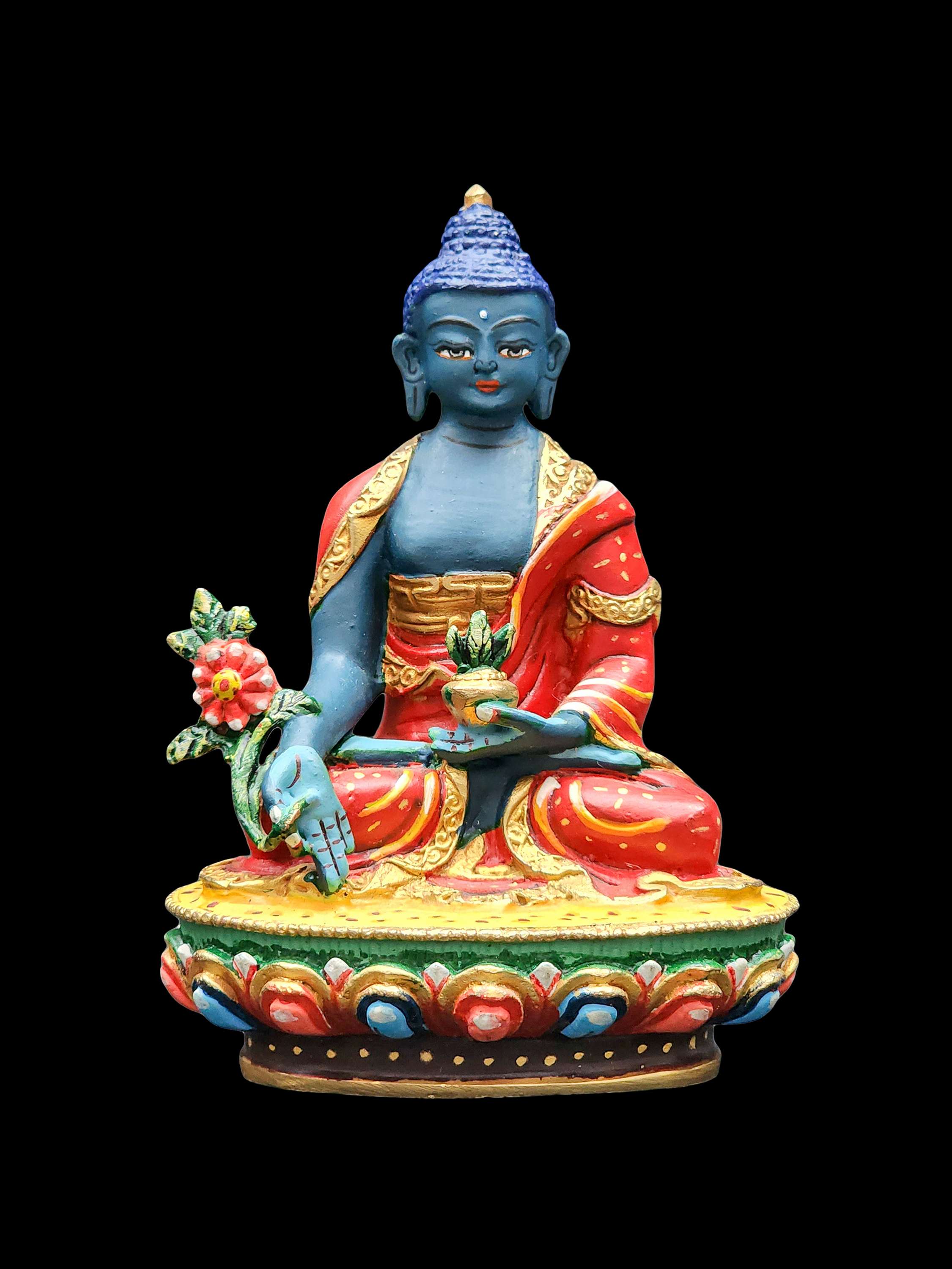 of Medicine
of Medicine  of Medicine
of Medicine 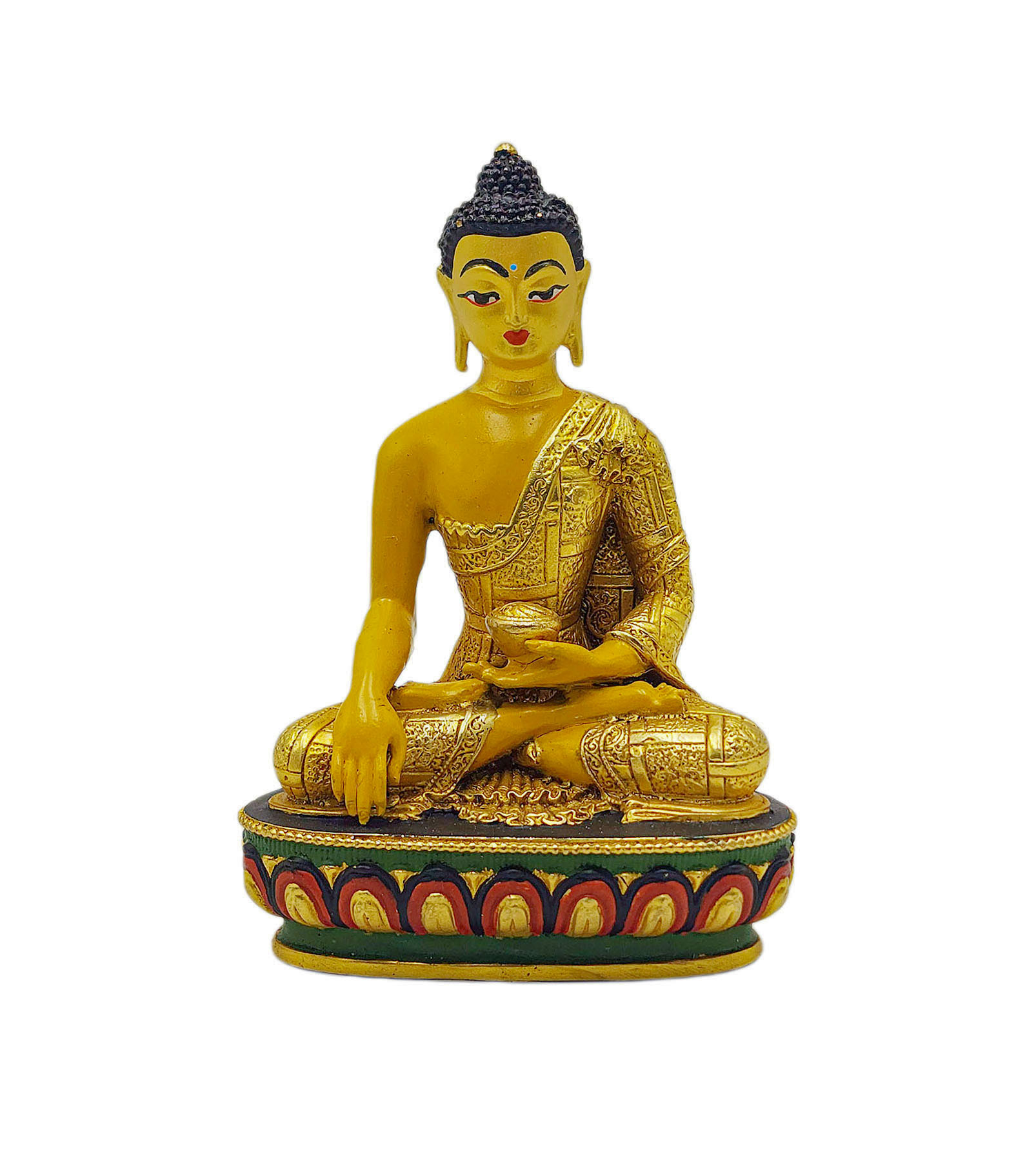 Shakyamuni Buddha, Buddhist Miniature Statue,
Shakyamuni Buddha, Buddhist Miniature Statue,  Shakyamuni Buddha, Buddhist Miniature Statue,
Shakyamuni Buddha, Buddhist Miniature Statue,  Medicine Buddha, Buddhist Miniature Statue,
Medicine Buddha, Buddhist Miniature Statue, 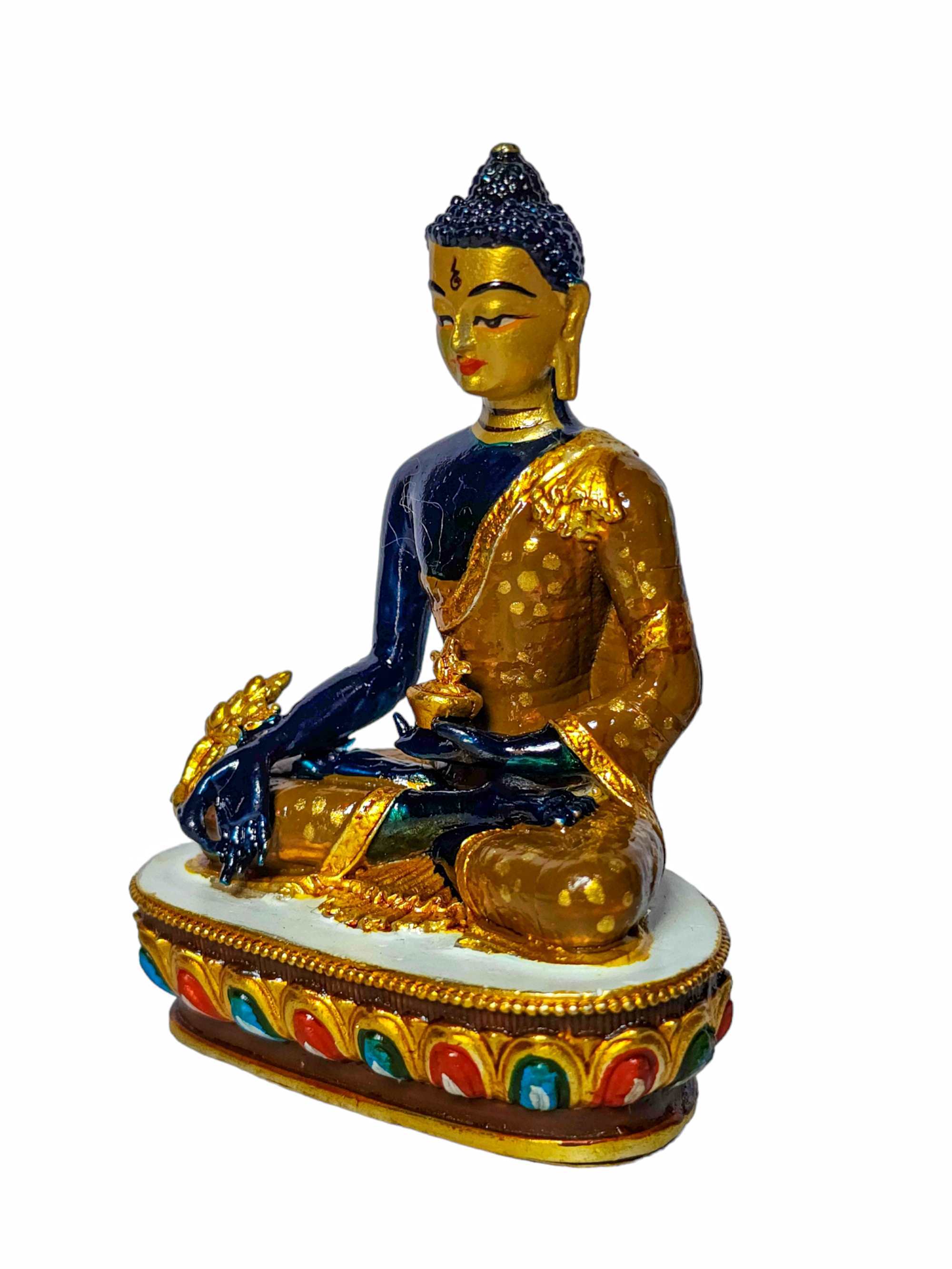 Medicine Buddha, Buddhist Miniature Statue,
Medicine Buddha, Buddhist Miniature Statue,  Gold Plated,
Gold Plated, 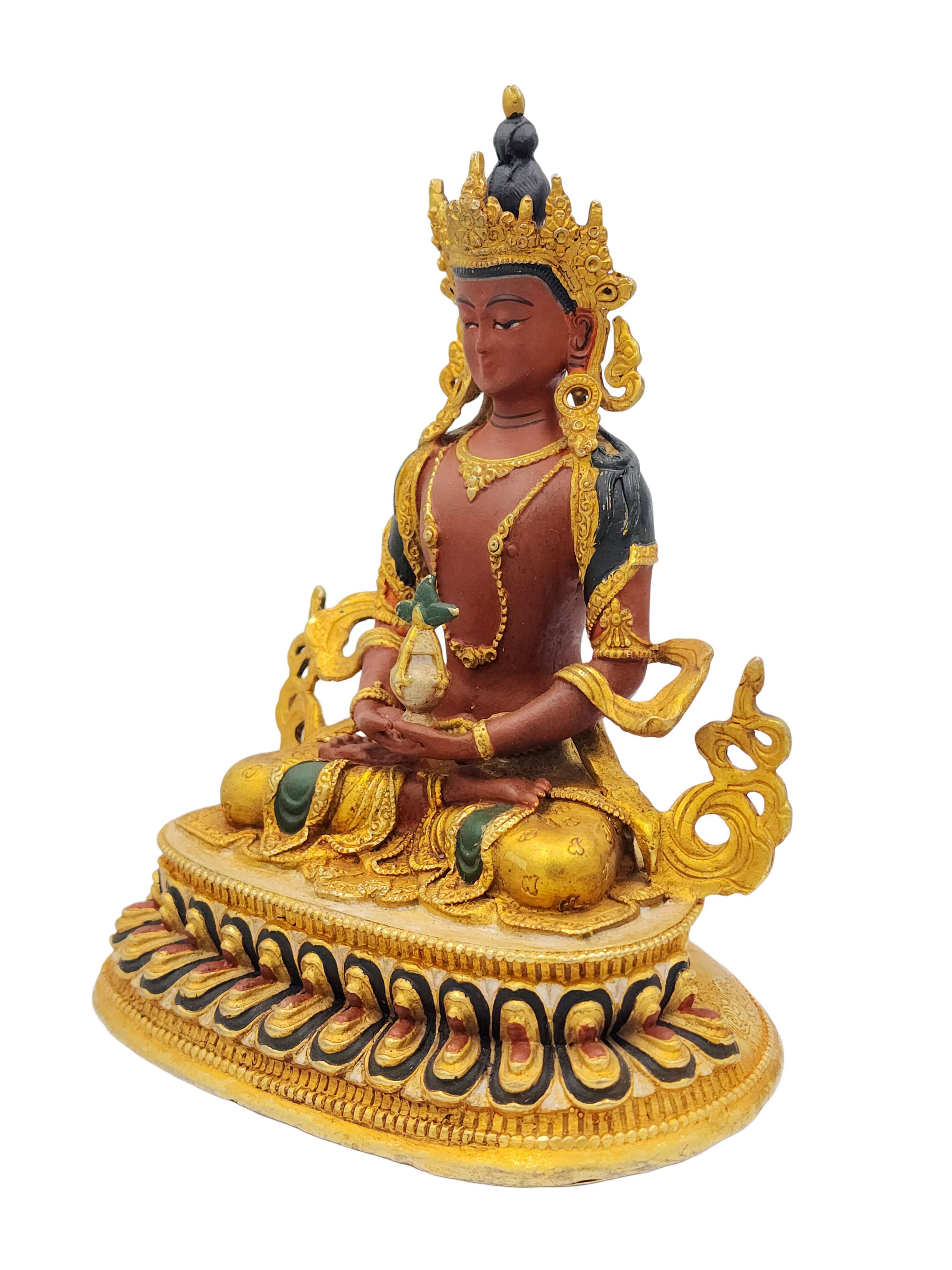 Gold Plated,
Gold Plated, 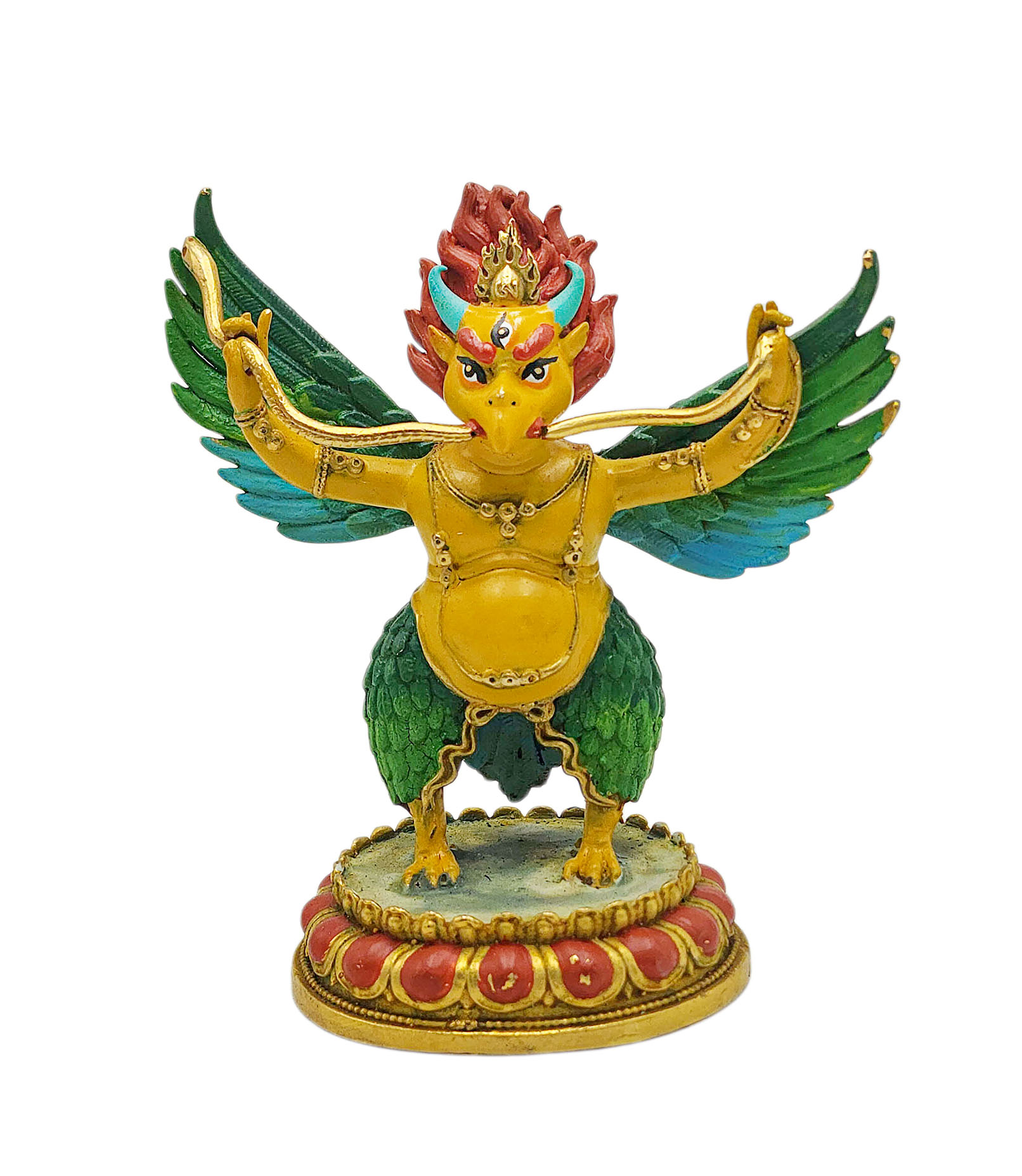 Garuda, Buddhist Miniature Statue,
Garuda, Buddhist Miniature Statue, 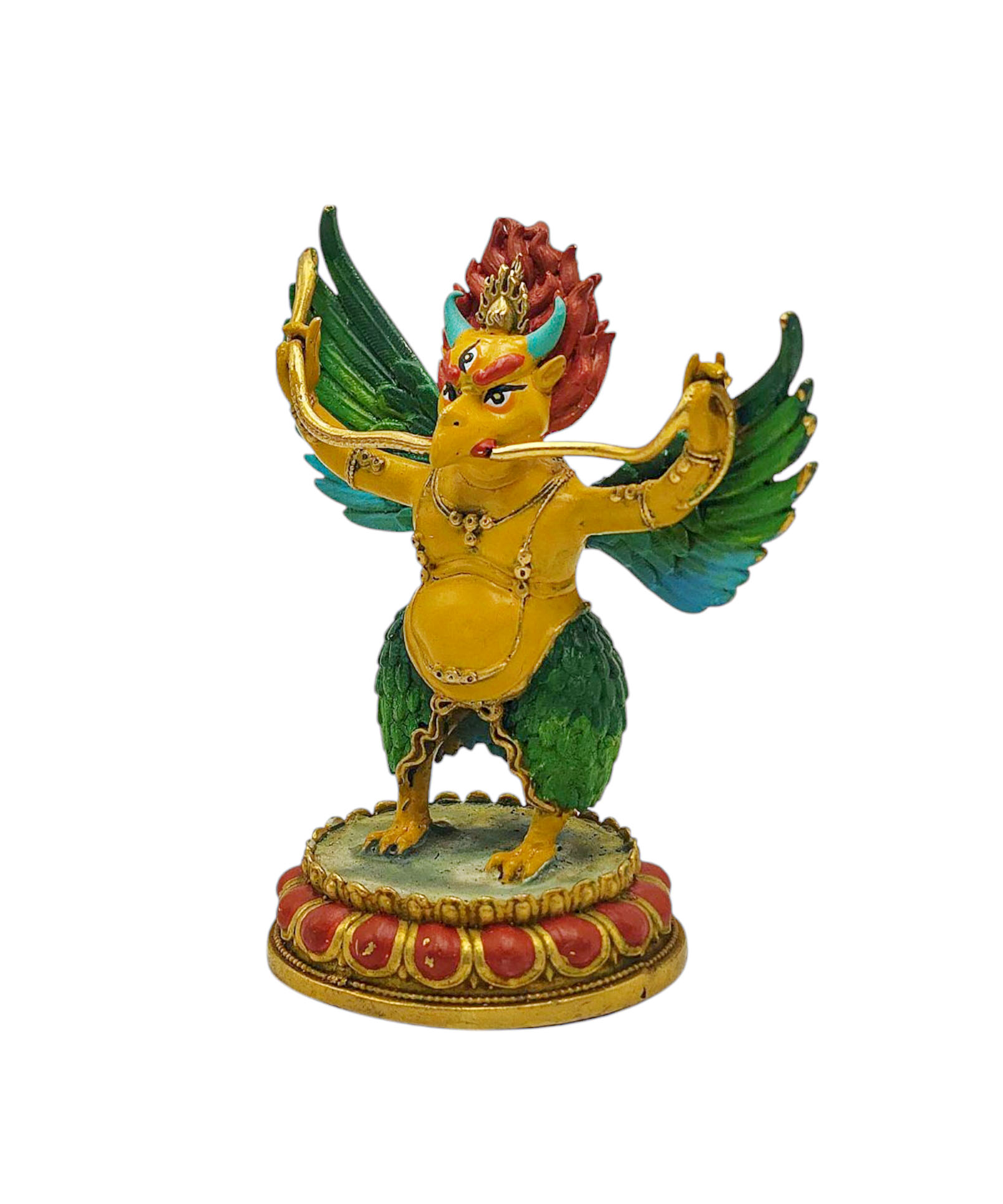 Garuda, Buddhist Miniature Statue,
Garuda, Buddhist Miniature Statue,  High Quality,
High Quality, 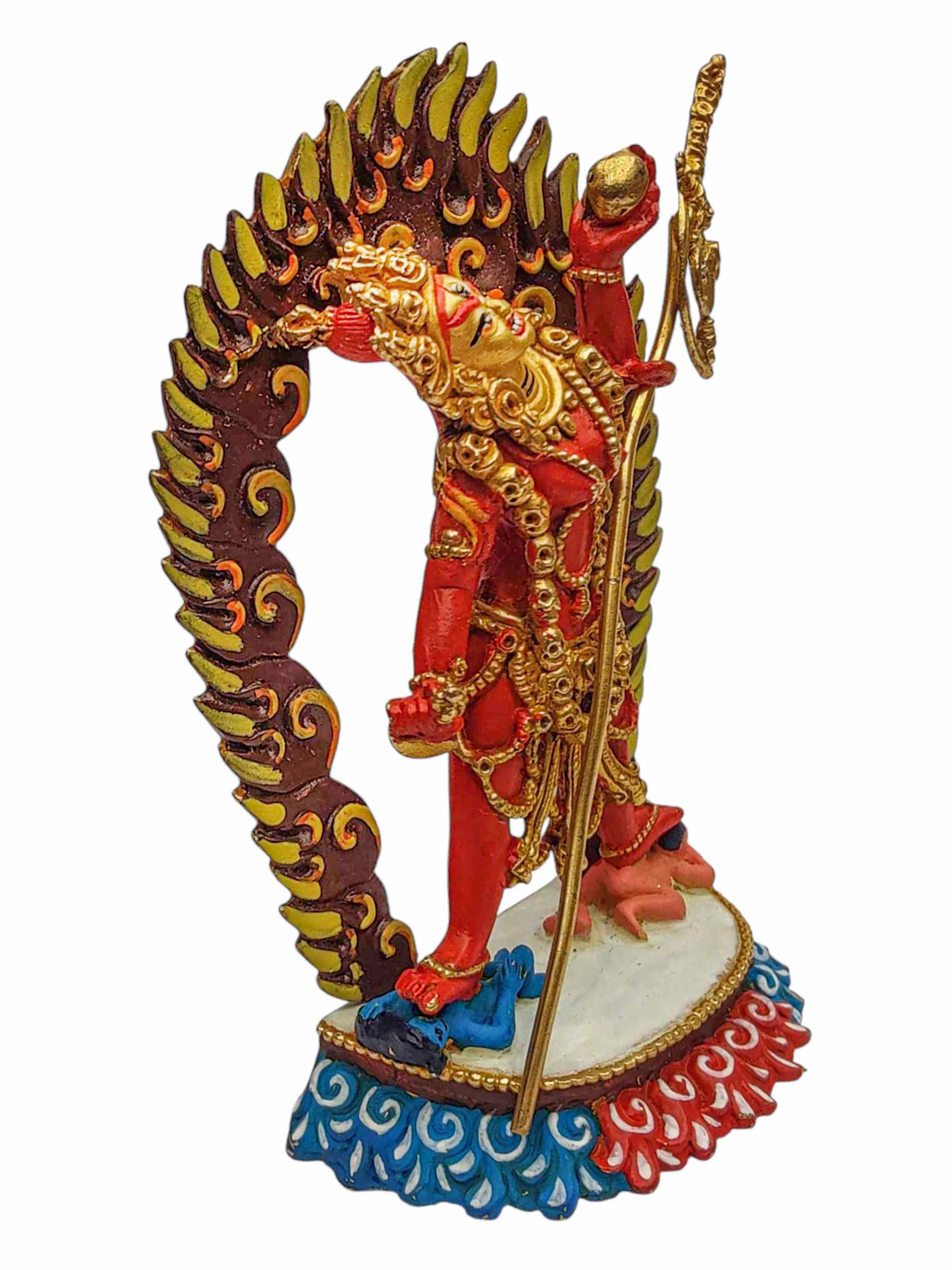 High Quality,
High Quality, 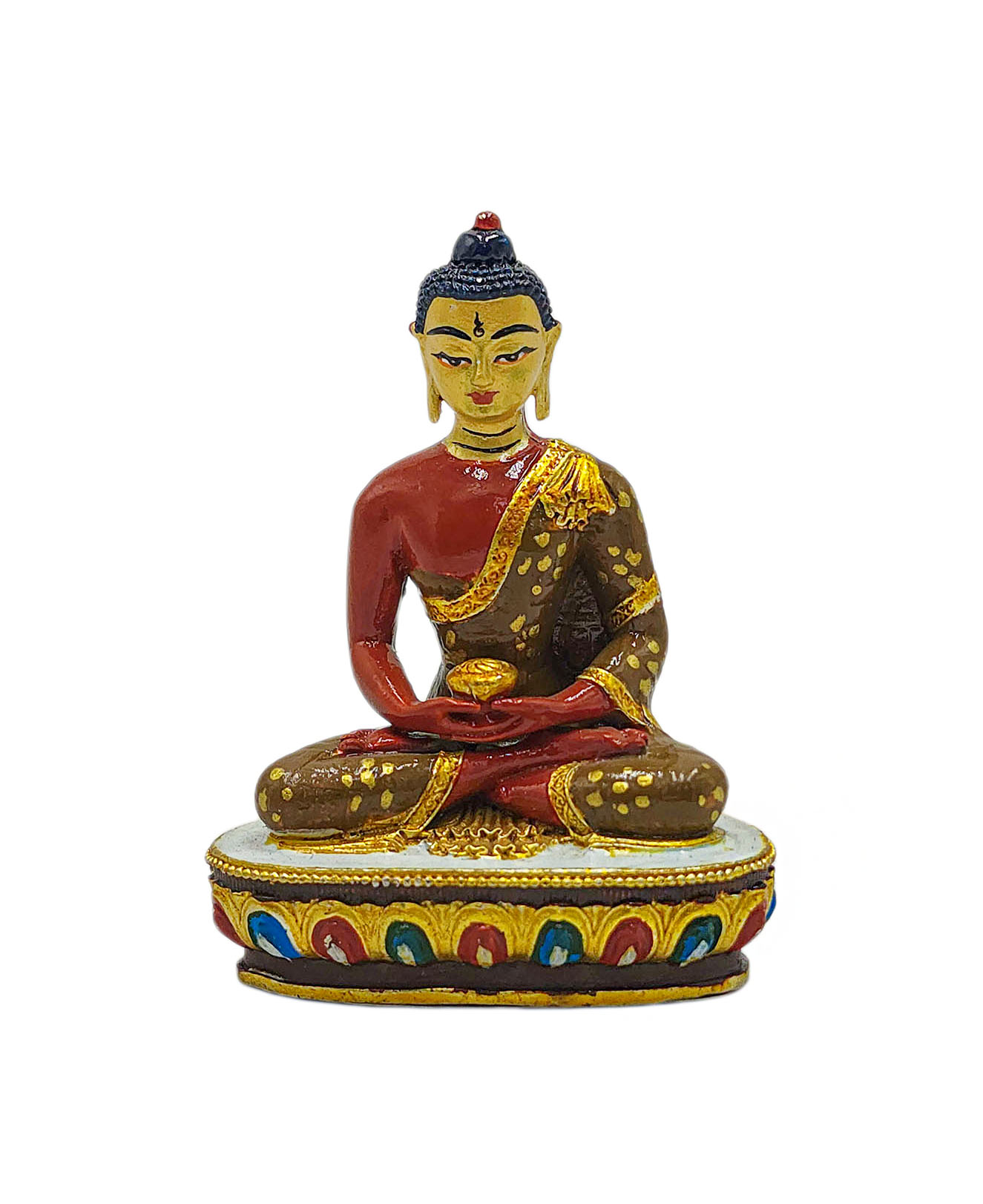 Amitabha Buddha, Buddhist Miniature Statue,
Amitabha Buddha, Buddhist Miniature Statue, 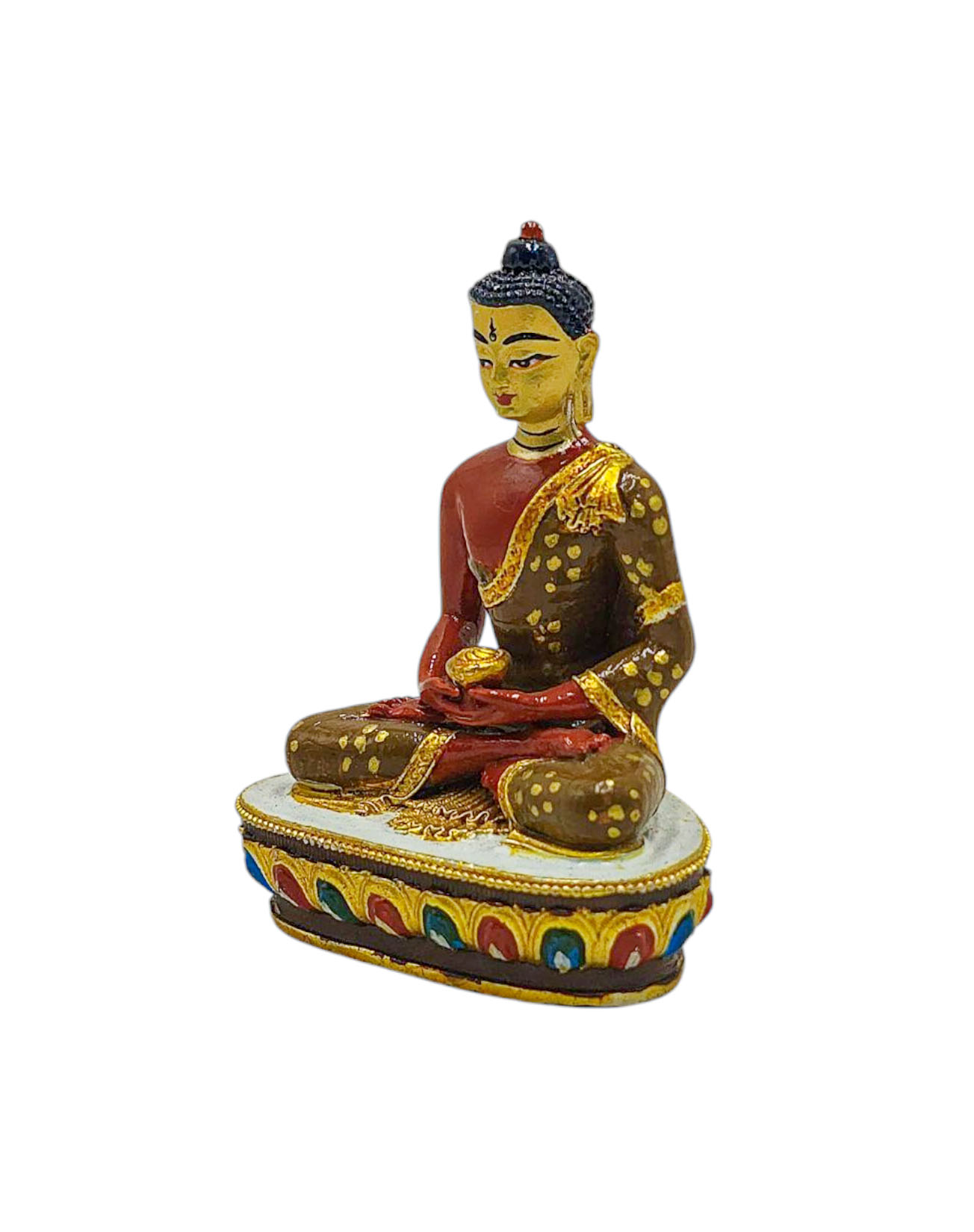 Amitabha Buddha, Buddhist Miniature Statue,
Amitabha Buddha, Buddhist Miniature Statue,  Vajravarahi, Buddhist Miniature Statue,
Vajravarahi, Buddhist Miniature Statue, 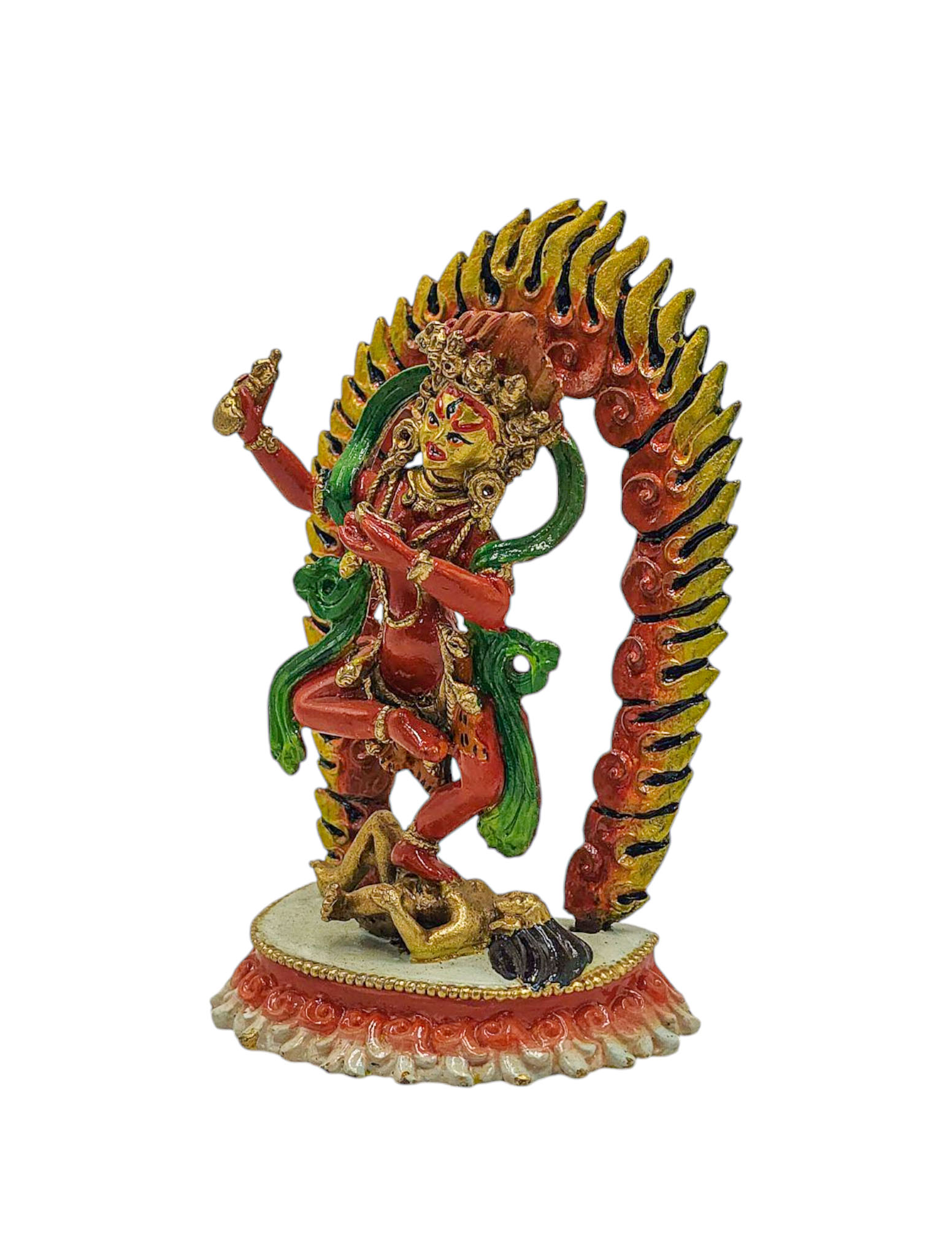 Vajravarahi, Buddhist Miniature Statue,
Vajravarahi, Buddhist Miniature Statue,  Padmasambhava, Buddhist Miniature Statue,
Padmasambhava, Buddhist Miniature Statue, 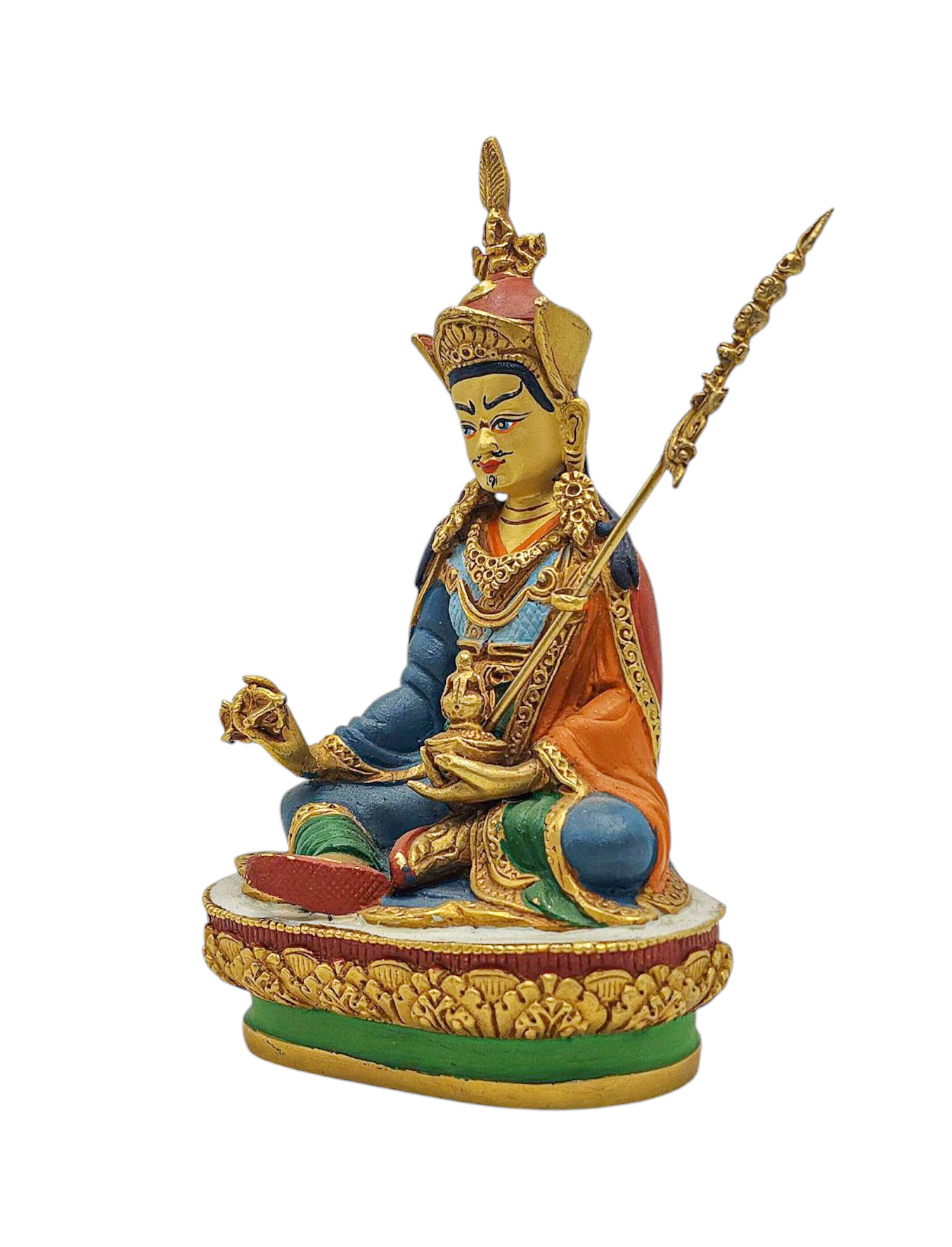 Padmasambhava, Buddhist Miniature Statue,
Padmasambhava, Buddhist Miniature Statue, 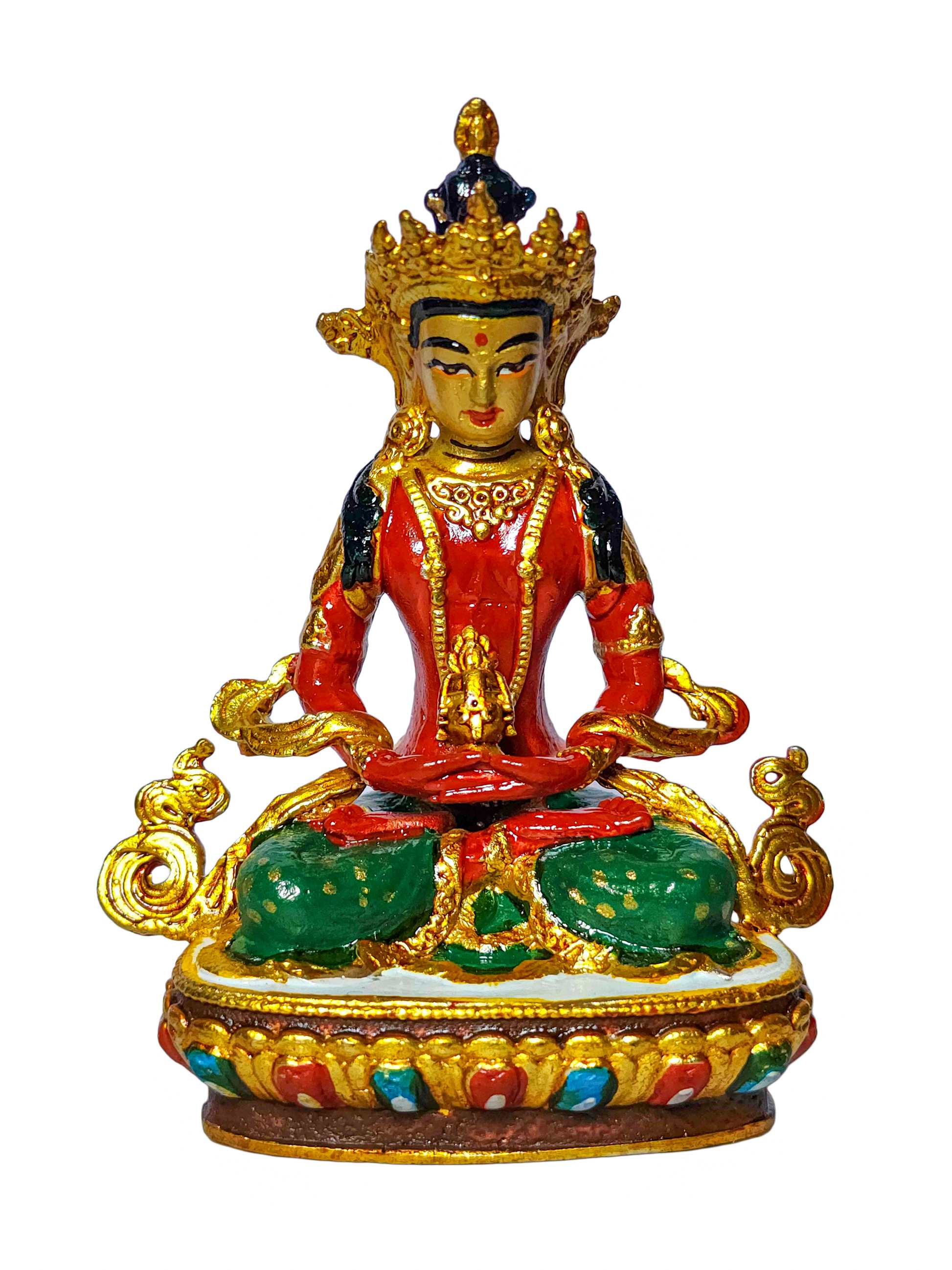 Aparimita, Buddhist Miniature Statue,
Aparimita, Buddhist Miniature Statue, 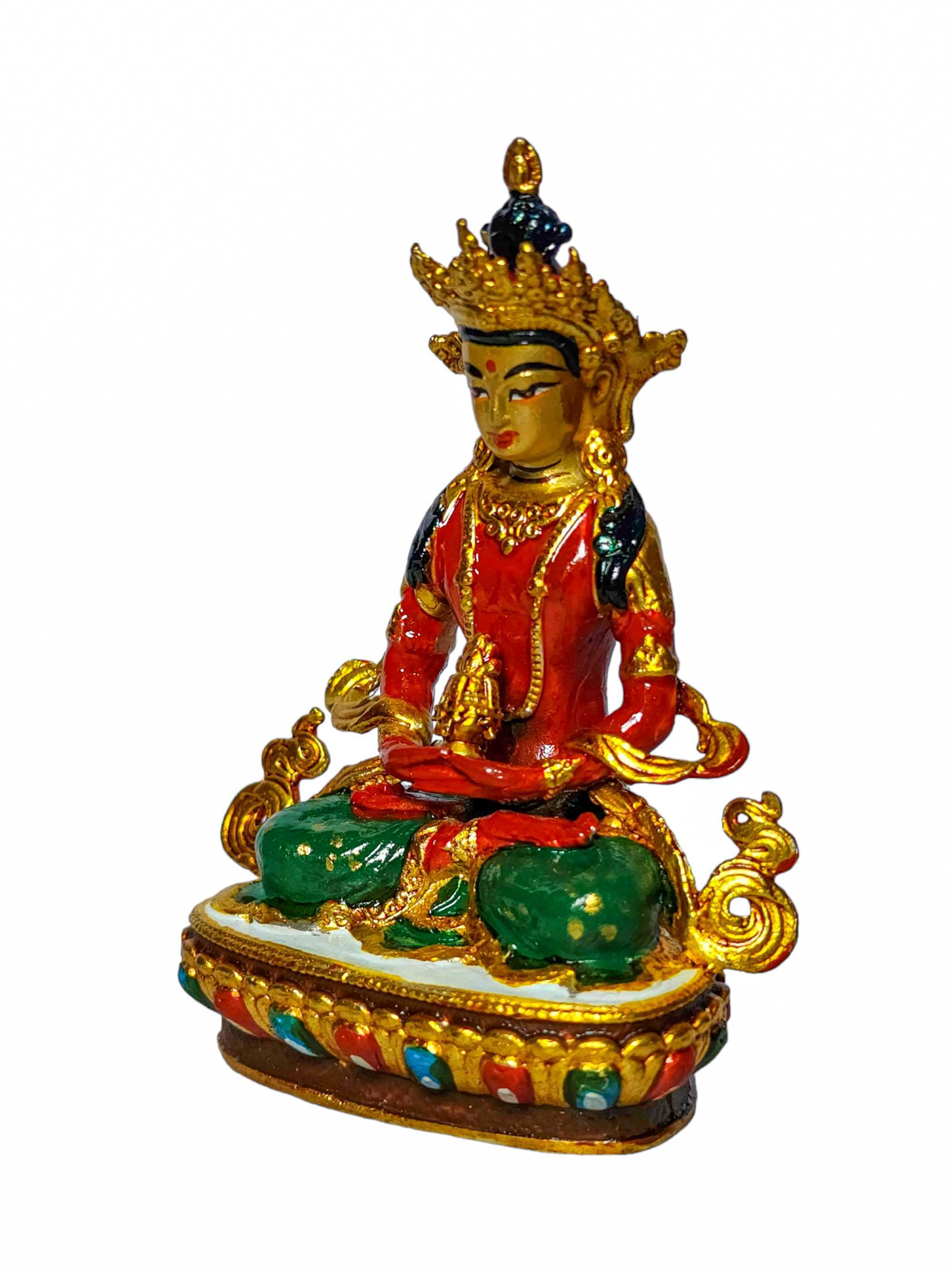 Aparimita, Buddhist Miniature Statue,
Aparimita, Buddhist Miniature Statue,